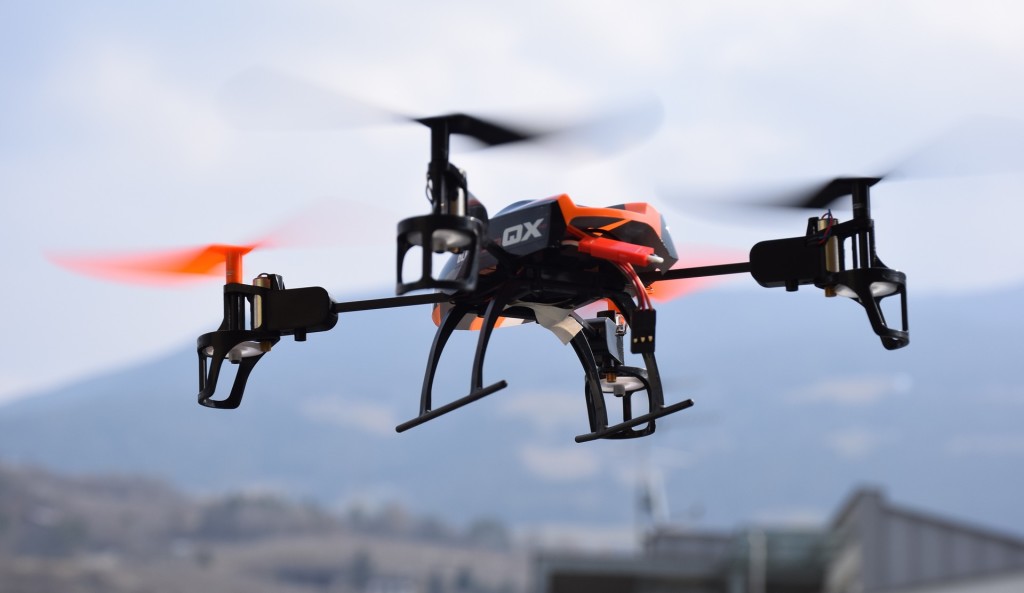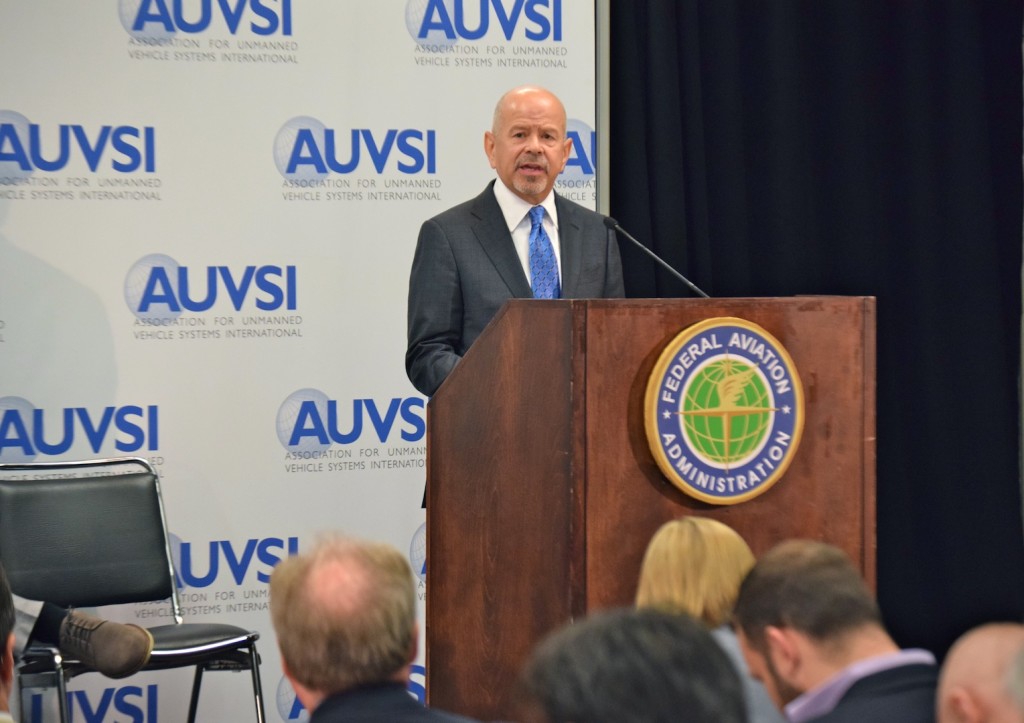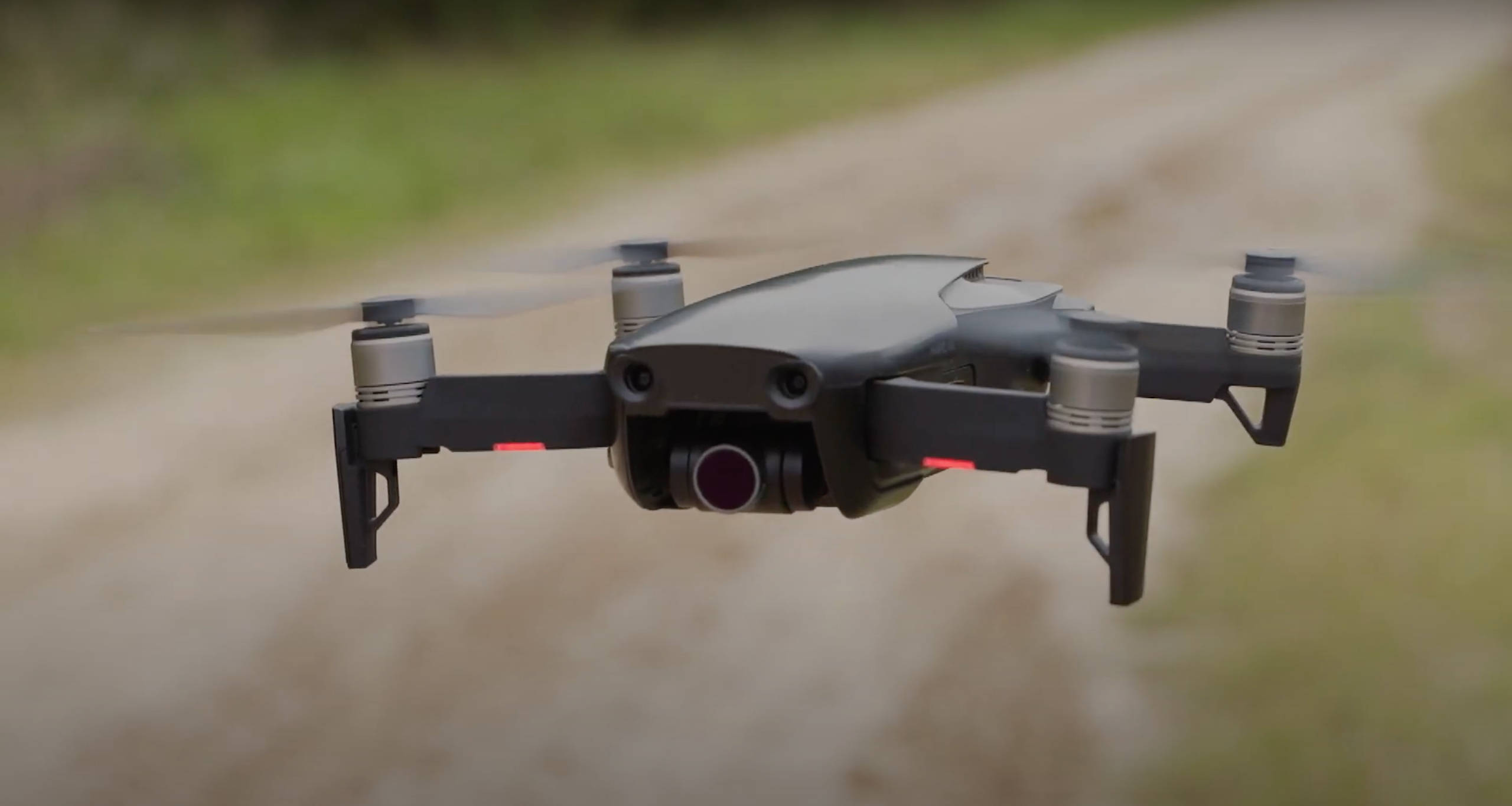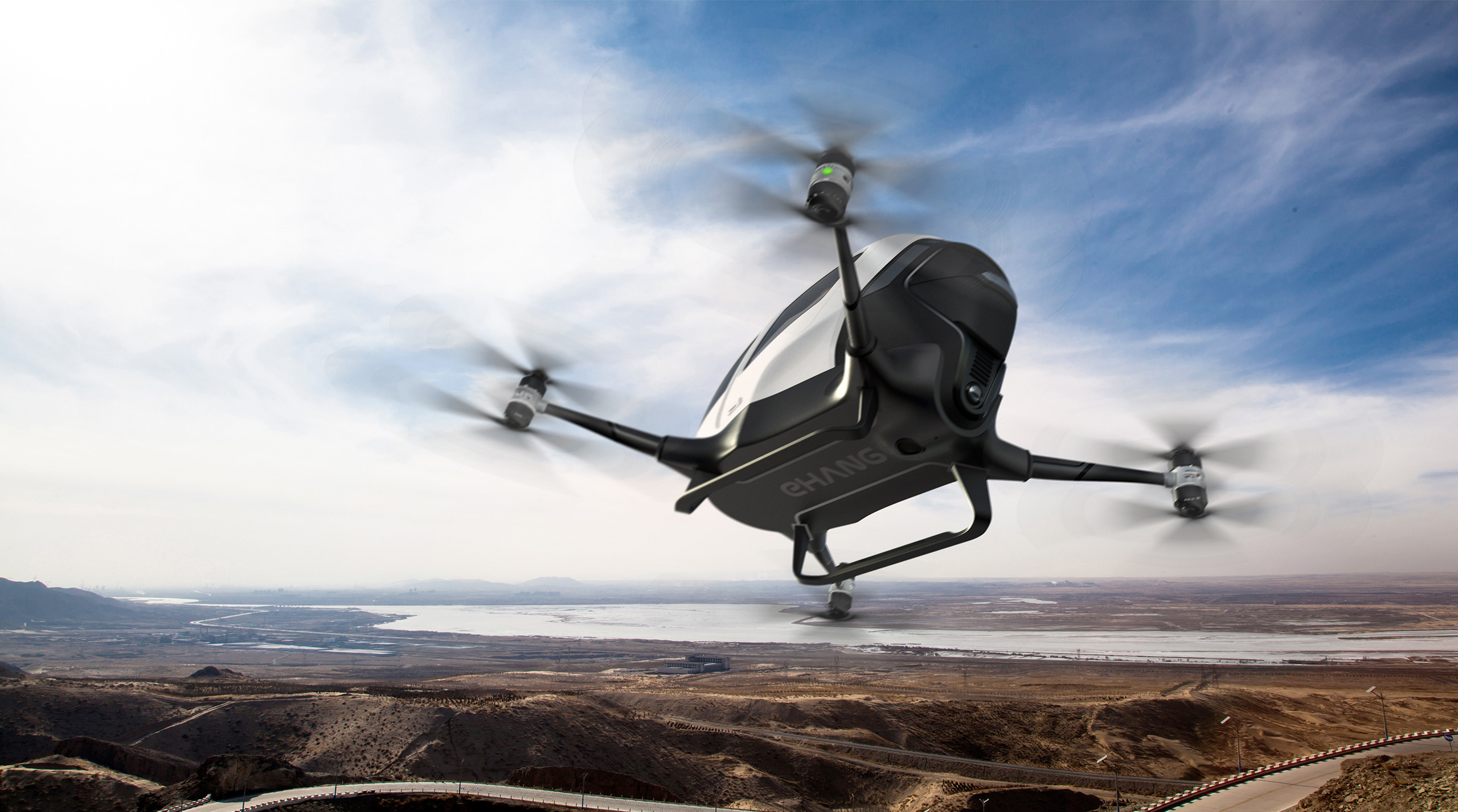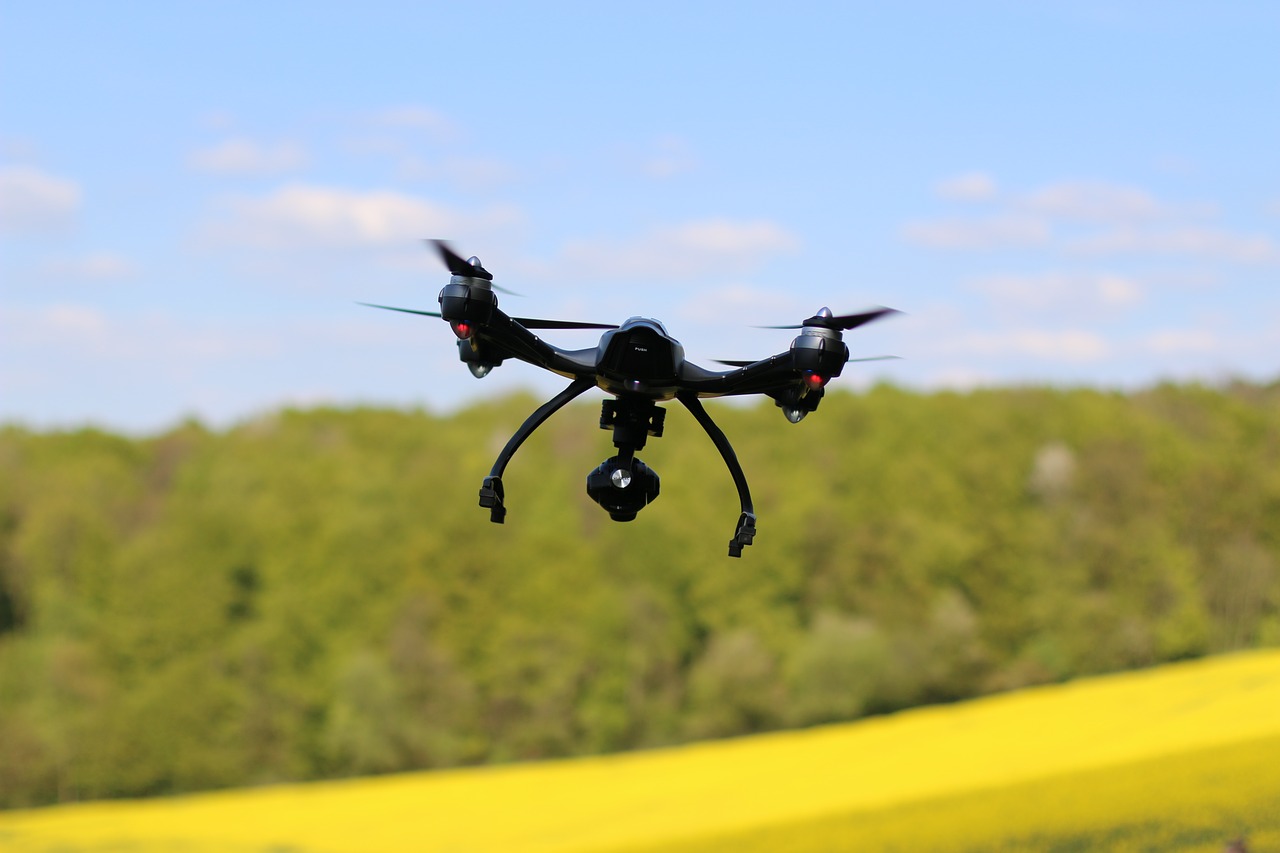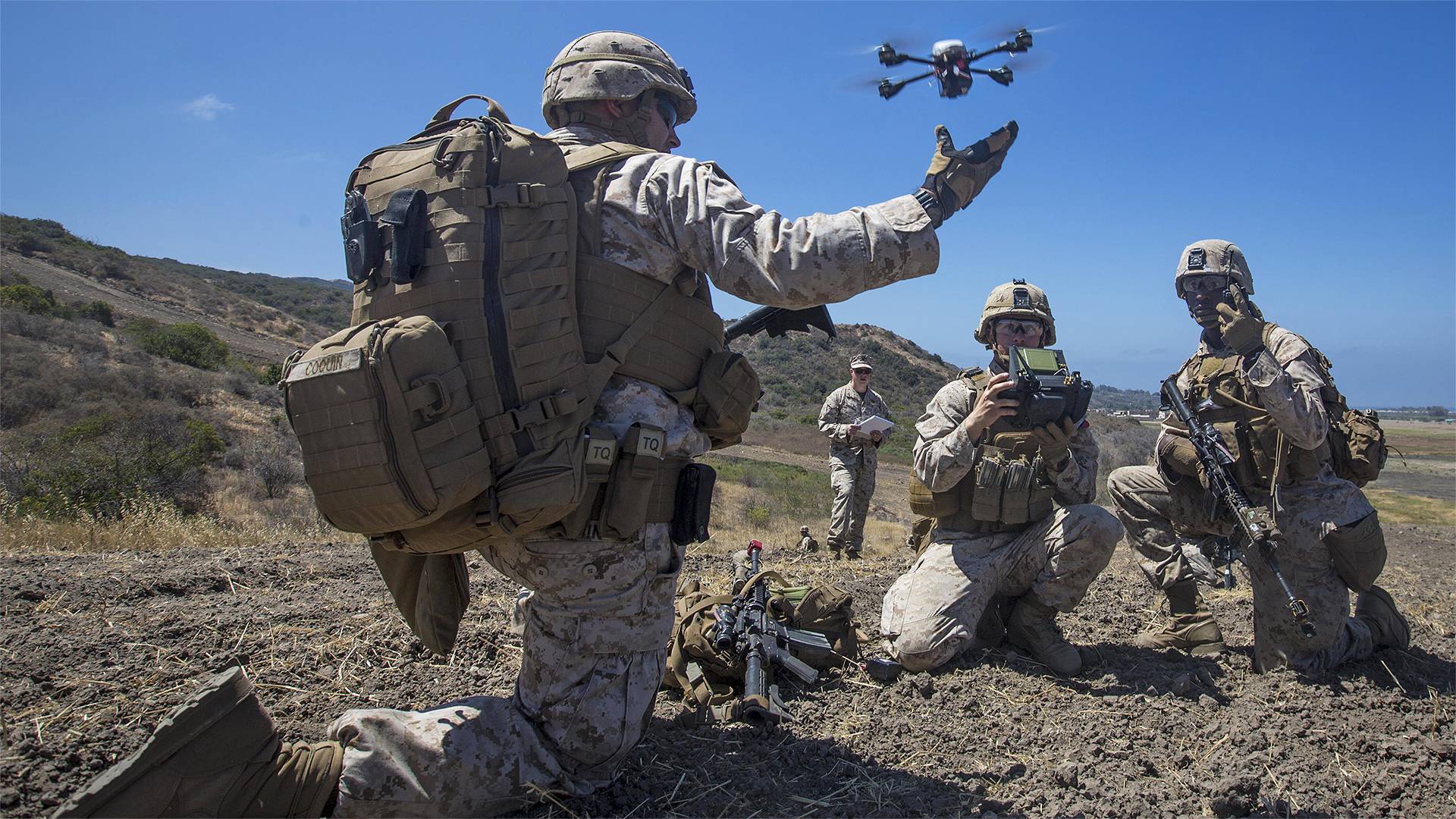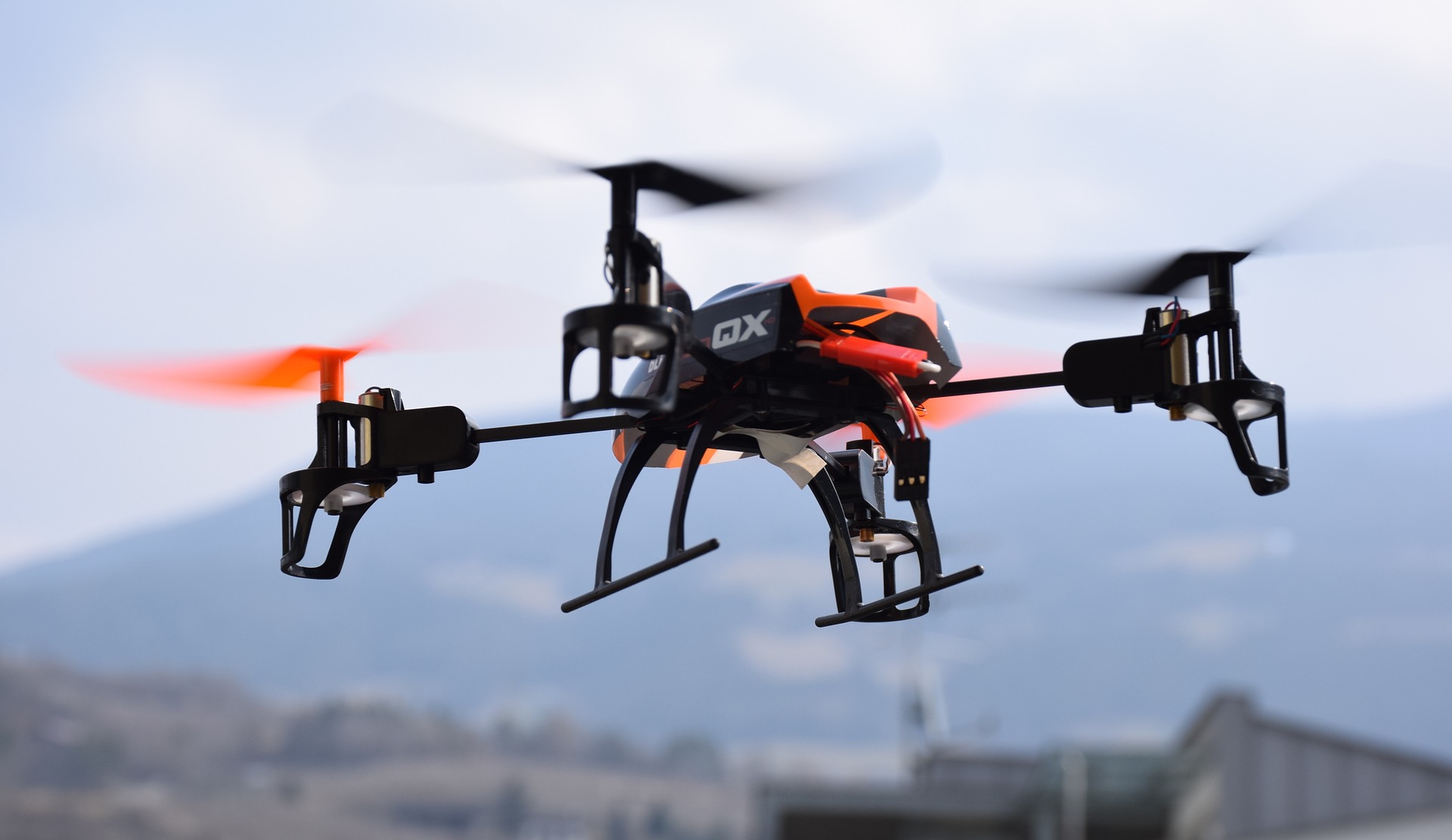
FAA has partnered with CNN and BNSF Railroad to explore the challenges of utilizing drones beyond the visual line-of-sight in isolated areas, as part of the Pathfinder Program. The data received from these tests could result in FAA approval of drones flying outside the pilot’s line of sight in the next few years.
Other than being used for photography or recreational purposes, drones have many other purposes, some of which include; search and rescue operations, delivery services, precision farming operations and more.
FAA’s Concern: Drones Flying Beyond The Line of Sight
However, in order to fully harness their potential and help drones reshape our world, manufacturers will have to come up with a couple of ways to ensure that these unmanned devices can safely fly outside of the pilot’s line of sight. Back in February, the Federal Aviation Administration released their proposed rules for flying drones, stating that pilots will have to keep an eye on their devices at all times, thus making the drone market and many others in the industry quite unhappy.
The latest developments indicate that things aren’t so bad after all, as the FAA just stated that they will now be starting out their Pathfinder Program, which is basically a way of saying that they will begin working with manufacturers on granting drone pilots the possibility to go ahead and do extended, outside the line-of-sight operations. This pretty much is the next step in unmanned aerial vehicle operations, and exactly what the industry needs at this moment in time.
FAA Will Test The Efficiency of Flying Drones Beyond The Line of Sight
To start things off, the FAA will lead a couple of farming and railroad operations, where drones will be used to prove how farmers can operate more efficiently when using them and how they inspect rail infrastructure beyond the line of sight. Together with this, chances are that some more experimentation will also take place, as drones also have the great potential in assisting with disaster examination, and also in aiding the authorities in the case of natural disasters.
An FAA spokesperson has stated that the exact timelines and geographic areas for the program have not been decided yet, but they will be determined shortly. This means the program is just about to start operating, and making the idea of using drones outside of the line-of-sight a reality.
These developments also play an important role when it comes down to shining a light on the drone market, as regulators from all around the world are now grappling with how to put the technology to good use, while also granting people more freedom when it comes down to flying their drones. Since the regulations were not permissive previously, companies such as Amazon and Google went ahead and took their drone tests overseas, because they did not want to use FAA’s sites for their drone testing. In the case that more liberal regulation will be imposed, then chances are that tech companies like these two (and many other firms as well) will start experimenting with drones in the United States, while also bringing in new developments quicker.
The fact the FAA is now concerned with a way of making piloting a drone when you cannot see it safer, is great news, as it shows that the government and other authorities are slowly getting used to the idea of drones, their benefits, and are also imposing regulation that is more lenient, hence allowing the overall drone market to thrive.

